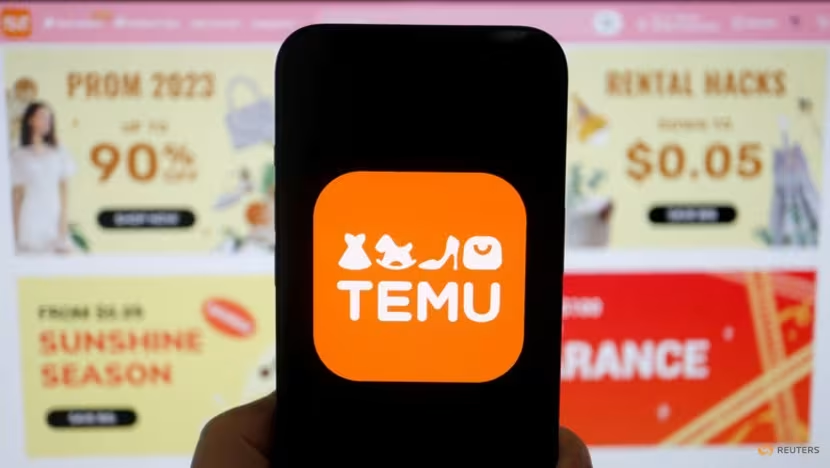Many people still want to discuss China’s “sharing economy” with us: shared bikes, power banks, basketballs, or umbrellas.
It seems everyone has an opinion on whether it would work or not, and why. Nonetheless, it strikes us that many have not even looked at the basic numbers of such models before making a judgment.
Let’s do some simple maths here.
Fast cost recovery

Let’s use shared bicycles as an example, and make the following assumptions:
1) Assume production & shipping cost of each bicycle is $50 (yes bikes are that cheap)
2) Assume maintenance cost for each bicycle is $1 a day
3) Assume each bike gets used 6 times a day
4) Assume each usage costs the user $0.5
5) Assume payment cost is $0
6) Assume 20,000 bikes are deployed in the city
7) Assume each year 20% of the bikes are damaged (damage ratio)
So revenue each day is 20,000*6*$0.5 = $60,000
Deduct maintenance the gross profit is $60,000 – $1*20,000=$40,000
Without considering the damage ratio, it takes $50*20,000/$40,000 = 25 days to recover the cost.
Add in damages
If 20% damage ratio is divided evenly across the year, on average 10% of the bikes are not usable on any day.
So each day’s revenue now becomes $60,000*(1-10%)=$54,000.
Gross profit now becomes $54,000-$1*20,000=$34,000
Now it takes $50*20,000/$34,000 = 30 days to recover the costs.
Still pretty good.
How about usage of 2 a day instead of 6?
So daily profit becomes 0 because the revenue ($0.5*2) equals the maintenance cost.
You will never recover the cost.

How about damage ratio of 80%
Let’s assume the usage is still 6 a day. You will have an average of 40% of bikes not working.
Daily revenue now becomes $60,000*(1-40%) = $36,000.
Gross profit now is $36,000-$1*20,000 = $16,000.
And now it takes $50*20,000/$16,000 = 62.5 days to recover the cost.
It is all about assumptions
Now you know, the model is pretty simple – it really depends on the assumptions whether the business makes sense, or not. And demand is probably the biggest determining factor.
Of course you can throw in other factors, such as telco cost (as some bikes contain SIM cards to communicate with the server) and payment cost (it is usually not zero).
In a market where there is no competition (so you can actually collect money from users) but there is natural demand (so usage can be 3 and above a day), the business model is actually… sound.
Play with some real data
The bike sharing companies from China are not disclosing their exact costing, usage and damage data.
But you can play around with the data from CitiBike of New York, or Velib of Paris, which are available for free:
CitiBike: https://www.citibikenyc.com/system-data
Velib: https://opendata.paris.fr/explore/dataset/stations-velib-disponibilites-en-temps-reel/information/
Have fun!
—
Thanks for reading The Low Down (TLD), the blog by the team at Momentum Works. Got a different perspective or have a burning opinion to share? Let us know at [email protected].








![[Press Release] Southeast Asia’s food delivery spend reached US$17.1B with Vietnam achieving the highest growth](https://i0.wp.com/thelowdown.momentum.asia/wp-content/uploads/2024/01/Food-delivery-platforms-in-Southeast-Asia-2024-_MW_Jan-2024-2.jpg?resize=218%2C150&ssl=1)

![[New Report] Food delivery platforms in Southeast Asia (SEA) 4.0](https://i0.wp.com/thelowdown.momentum.asia/wp-content/uploads/2024/01/Food-delivery-platforms-in-Southeast-Asia-2024-_MW_Jan-2024-2.jpg?resize=100%2C70&ssl=1)
![[New report] Southeast Asia spends US$3.4 billion on modern coffee in 2023](https://i0.wp.com/thelowdown.momentum.asia/wp-content/uploads/2023/11/Coffee-in-Southeast-Asia_MW_Nov-2023-1.png?resize=100%2C70&ssl=1)
![[New report] Apples to Apples 3.0: Benchmarking major tech platforms – what’s next after achieving profitability?](https://i0.wp.com/thelowdown.momentum.asia/wp-content/uploads/2023/09/Apples-to-Apples-3.0_benchmarking-major-tech-platforms_whats-next-after-profitability_MW_Sept-2023-7.jpg?resize=100%2C70&ssl=1)






